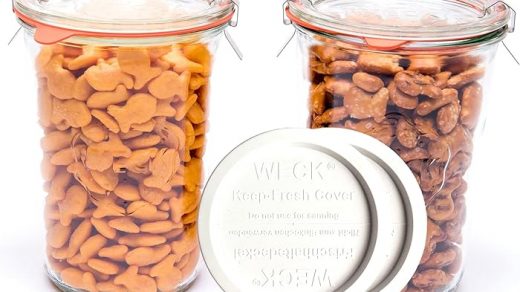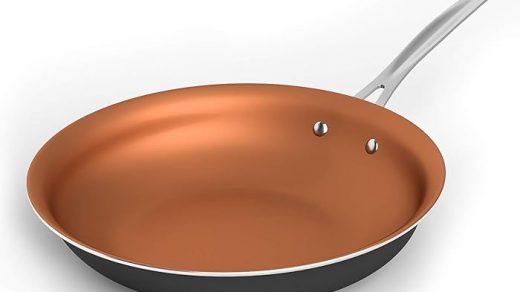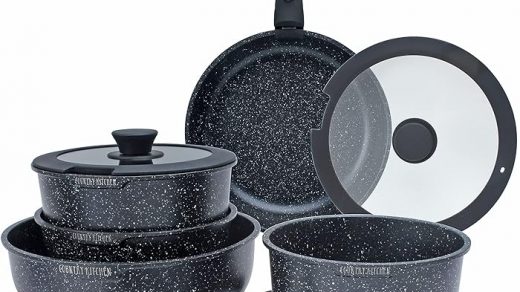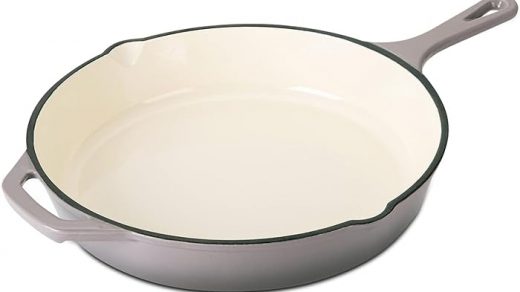Glutinous rice flour, known for its unique sticky and chewy texture, is a versatile ingredient in various cuisines, particularly in Asian dishes. It is derived from glutinous sweet rice, which can be either short-grain or long-grain. The term “glutinous” refers to its sticky consistency, and despite its name, it contains no gluten. This flour is a key component in creating a variety of desserts and dishes, contributing to their distinctive textures.
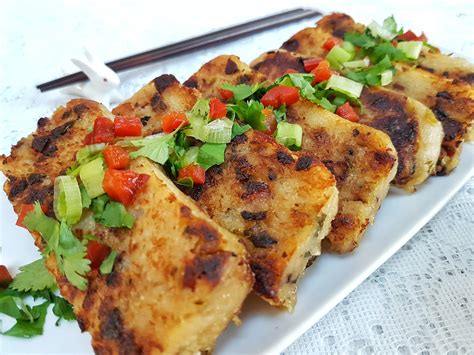
Glutinous rice flour’s potential is not limited to traditional recipes. Its incorporation into gluten-free breads enhances their nutritional quality, offering a healthier alternative. This flour is also used as a thickening agent in sauces and gravies, highlighting its culinary versatility. In contrast, regular rice flour, made from Japonica long-grain rice, yields a firmer texture and is preferred by some for certain recipes.
In addition to glutinous rice flour, alternatives like tapioca flour and all-purpose flour can be used in various recipes. Tapioca flour resembles glutinous rice flour in appearance and consistency, ideal for thickening soups and stews. All-purpose flour, on the other hand, serves as a substitute in making mochi, a popular Japanese rice cake. These alternatives offer flexibility in cooking, especially for those who may not have access to glutinous rice flour.
Understanding the properties of glutinous rice flour and its substitutes is essential for culinary enthusiasts looking to explore Asian cuisine. Its unique texture and versatility make it a staple ingredient in creating traditional and innovative dishes alike.

